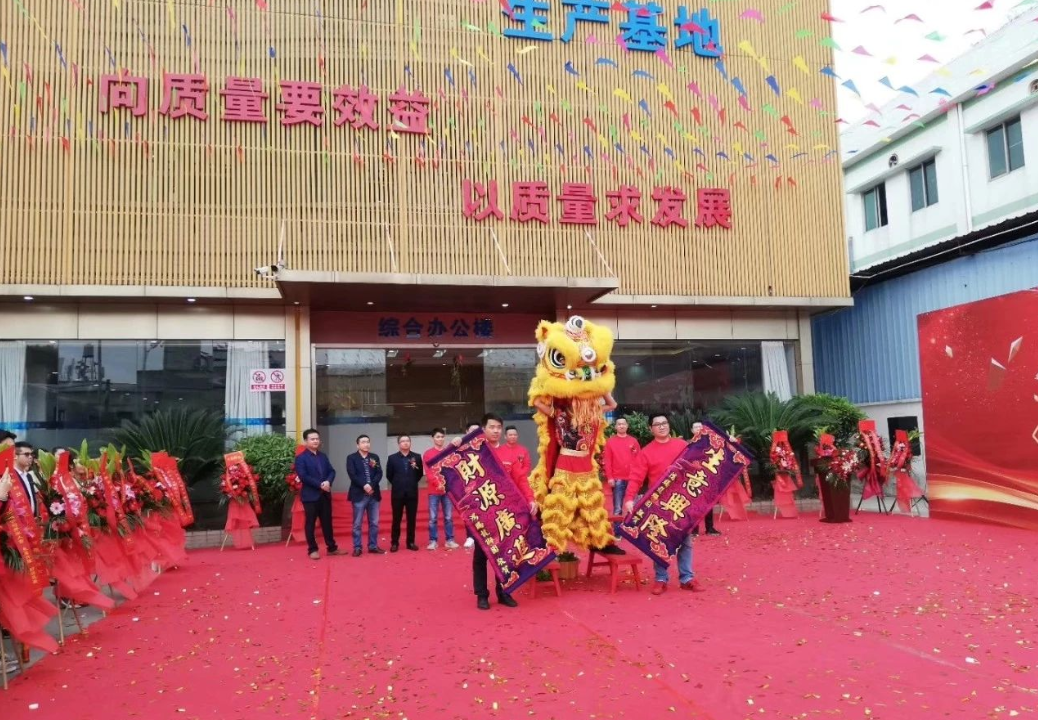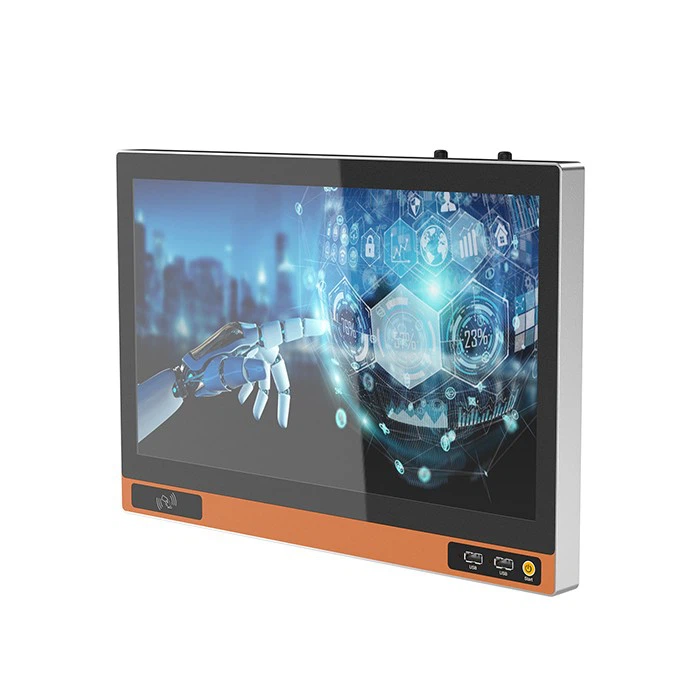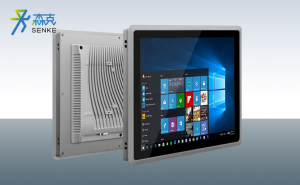Industrial All-in-One Computers: The “Unyielding Performers” in the Oil and Gas Industry
Industry Trends 2025-10-02
Industrial All-in-One Computers: The “Unyielding Performers” in the Oil and Gas Industry
The oil and gas industry is a typical high-risk, high-investment, and highly technology-intensive sector. Its operational environments are often among the harshest on Earth: from the sandy deserts to the icy polar waters, and to the swaying offshore drilling platforms. In these places, not only are the climatic conditions extreme, but there are also flammable and explosive gases, corrosive substances, and intense mechanical vibrations. Conventional computing devices are unable to function in such environments. However, industrial all-in-one computers, especially those with explosion-proof certifications such as ATEX and IECEx, have become indispensable “unyielding performers” throughout the entire upstream, midstream, and downstream value chain of the oil and gas industry due to their unparalleled robustness and safety.
Upstream Exploration and Drilling: The “Frontline Trench” for Data Interpretation
In oil and gas exploration and drilling sites, industrial all-in-one computers are the reliable partners of engineers and geologists.
MWD/LWD Data Display: During the drilling process, Measurement While Drilling (MWD) and Logging While Drilling (LWD) systems collect real-time data on the rock properties, porosity, oil and gas content, drill bit position, and wellbore trajectory through various sensors underground. These data are crucial for guiding the drilling direction and evaluating oil and gas layers. Explosion-proof industrial all-in-one computers are installed in the drilling control room (Doghouse) or logging vehicles, serving as data display and analysis terminals. They can present complex logging curves and engineering parameters graphically, helping on-site engineers make real-time judgments about underground conditions and adjust drilling strategies promptly to ensure accurate and efficient drilling.
Wellhead Equipment Control and Monitoring: The “Safe and Intuitive Interface” for Automated Equipment
Modern oil and gas wellhead equipment is equipped with a large number of automated devices, such as blowout preventer (BOP) control systems and various hydraulic/electric valves on the oil tree. Industrial all-in-one computers act as local HMIs, providing operators with a safe and intuitive interface to monitor wellhead pressure, temperature, flow, and operate critical equipment such as downhole safety valves (DSV). Their explosion-proof features are the fundamental prerequisite for ensuring the safety of personnel and equipment in the wellhead area.
Midstream Storage and Transportation: The “Electronic Inspectors” for Pipeline Safety
The thousands of kilometers of oil and gas pipelines are the energy arteries of a country, and their safe operation is of vital importance.
Station SCADA Systems: At unmanned stations such as valve rooms, gas stations, and metering stations along the pipeline, industrial all-in-one computers are the core of the local SCADA systems. They connect to pressure, flow, and temperature sensors as well as valve controllers on the pipeline, monitoring its operational status in real time. When abnormal pressure or leakage is detected, the system automatically alerts and uploads the information to the dispatch center, and can execute emergency shutdowns based on pre-set logic. These industrial all-in-one computers deployed in outdoor cabinets must have an extremely wide operating temperature range and be capable of resisting moisture and dust to cope with the harsh outdoor climate.
Pipeline Integrity Management: The Terminal for Mobile Inspection Equipment
Industrial all-in-one computers can also serve as terminals for mobile inspection equipment. For example, during pipeline internal inspection (“pigging” operations), they can receive and initially analyze the data sent back by the inspection devices to help assess the corrosion and defect conditions of the pipeline. Inspection personnel can also use rugged handheld industrial tablets to record inspection information, report hazards, and precisely mark locations using GPS.
Downstream Refining and Chemicals: The “Stable Foundation” for Process Control
In oil refining and chemical plants, the high-temperature, high-pressure, and flammable and explosive environment places extremely high demands on the stability of the automation control system. Distributed Control System (DCS) Operator Station: In the central control room of a refinery or chemical plant, industrial all-in-one computers or industrial monitors form the operation interface of the DCS system. Operators use these terminals to monitor tens of thousands of control loops, adjusting the temperature of reaction vessels, the pressure of distillation columns, and the flow rate of catalytic converters, among other key process parameters, ensuring that complex chemical processes run stably, efficiently, and safely. The requirement for 24/7 continuous operation makes the long lifespan and high Mean Time Between Failures (MTBF) of industrial all-in-one computers particularly important.
Field Operation Panels: In areas such as pump rooms and tank farms where on-site operation is necessary, explosion-proof industrial all-in-one computers are installed as local operation panels, allowing workers to start and stop equipment, view and set parameters on-site, reducing the communication links between the control room and the field, and enhancing the timeliness of operations.
In summary, from upstream exploration and drilling to midstream pipeline transportation and storage, and down to downstream oil refining and chemical processing, industrial all-in-one computers, with their robust physical protection (explosion-proof, waterproof, dust-proof, and shock-resistant), excellent environmental adaptability (wide temperature range), and high system reliability, have been deeply integrated into every critical link of the oil and gas industry. They are the core equipment for ensuring data collection, process control, and personnel safety in extreme and hazardous environments, and are the “resilient cornerstone” supporting the digital and intelligent transformation of this vital energy sector.
Tags: Industrial All-in-One Computer


